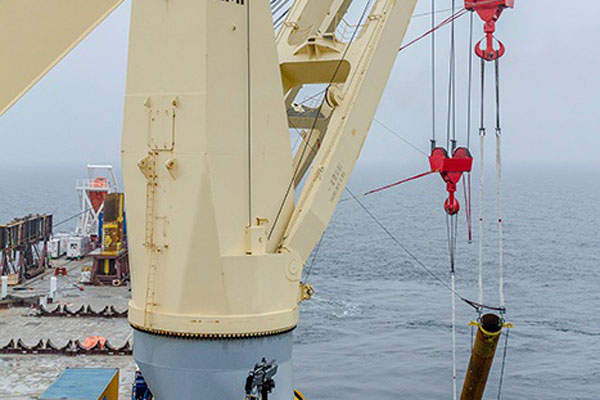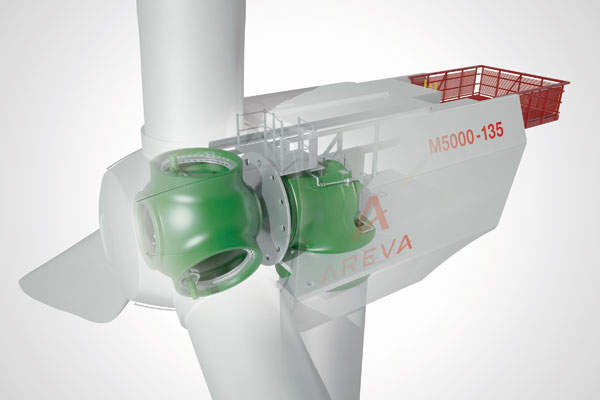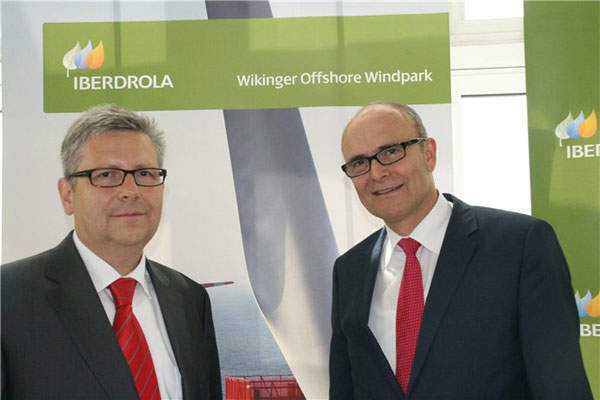The 350MW Wikinger offshore windfarm is Iberdrola Renovables’ first project in Germany. It is located in the German waters of the Baltic Sea, approximately 34km north-east of the island of Ruegen, and near the maritime borders of Denmark, Sweden, and Poland.
The project was authorised in May 2007 and the pile testing campaign began in October 2014. Construction of the project commenced in 2015, while the plant was inaugurated in October 2018.
Developed with an investment of €1.4bn ($1.62bn), Wikinger created nearly 2,000 jobs during the manufacturing and construction phases. Electricity generated at the windfarm is sufficient to power more than 350,000 German households and offset 600,000t of CO2 emissions a year.
Wikinger offshore windfarm details
Iberdrola purchased the windfarm and exclusive rights for its development in March 2010 from a joint venture of DEE Deutsche Erneuerbare Energien and Ventotec.
The offshore wind project site has water levels between 37m and 43m. It covers an area of 34km² and included the installation of 70 Siemens Gamesa AD 5-135 turbines of 5MW each, as well as the Andalucía offshore substation.
Each turbine has a rotor diameter of 135m, blade length of 67m, and a 222t nacelle. The rated wind speed of the turbine is 11.4m/s and cut-in wind speed is 3.5m/s. The turbine foundation consists of a four-legged jacket and four piles.
Offshore windfarm substation
The Andalucía offshore substation consists of a multi-storey topside installed on a steel jacket substructure that is fixed to the seabed using steel piles. The substation has an anticipated life of 25 years.
Wikinger’s turbine generation will increase from 33kV to 220kV at the substation, before being transported to an onshore substation via two HV export cables.
Transportation and installation of wind turbine foundations
The 400MW Borkum West II wind farm is being built 45km offshore the Borkum island in the North Sea.
The Port of Sassnitz-Mukran in Germany was selected as the installation base for the offshore windfarm. Approximately 100,000m² of storage and pre-assembly area at the port’s Offshore Terminal South facility was leased for warehousing, assembly and transportation of components and wind turbines.
The project included installation of 280 piles that measure 40m in length and 2.5m in diameter. Weighing 150t, the piles are supported by 70 foundations weighing 620t each.
Wikinger contractors
Iberdrola Engineering and Construction (IEC) was awarded the engineering, procurement, construction and management contract for the offshore substation.
IEC worked as the designer and contracts manager, and was responsible for the design, project management and assembly of the substation.
Siemens supplied the turbines for the windfarm and were manufactured in Bremerhaven and Stade plants, Germany.
Navantia was awarded a €160m ($189m) contract to manufacture a part of the turbine foundations for the windfarm and metallic structures for the offshore substation. The company built the jacket foundations at its Fene facility and metallic structures at the Puerto Real (Cádiz) facility.
COWI-IMS joint venture prepared the design basis and the preliminary design for the foundation structures. Spanish company Windar built piles for the project.







